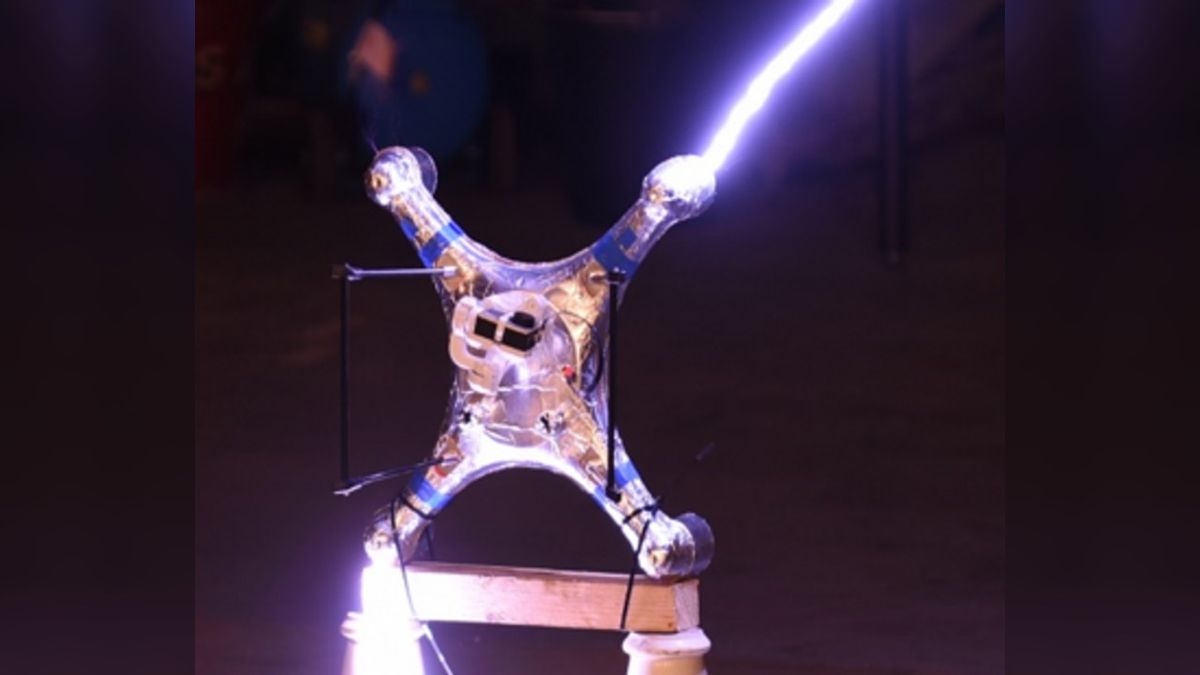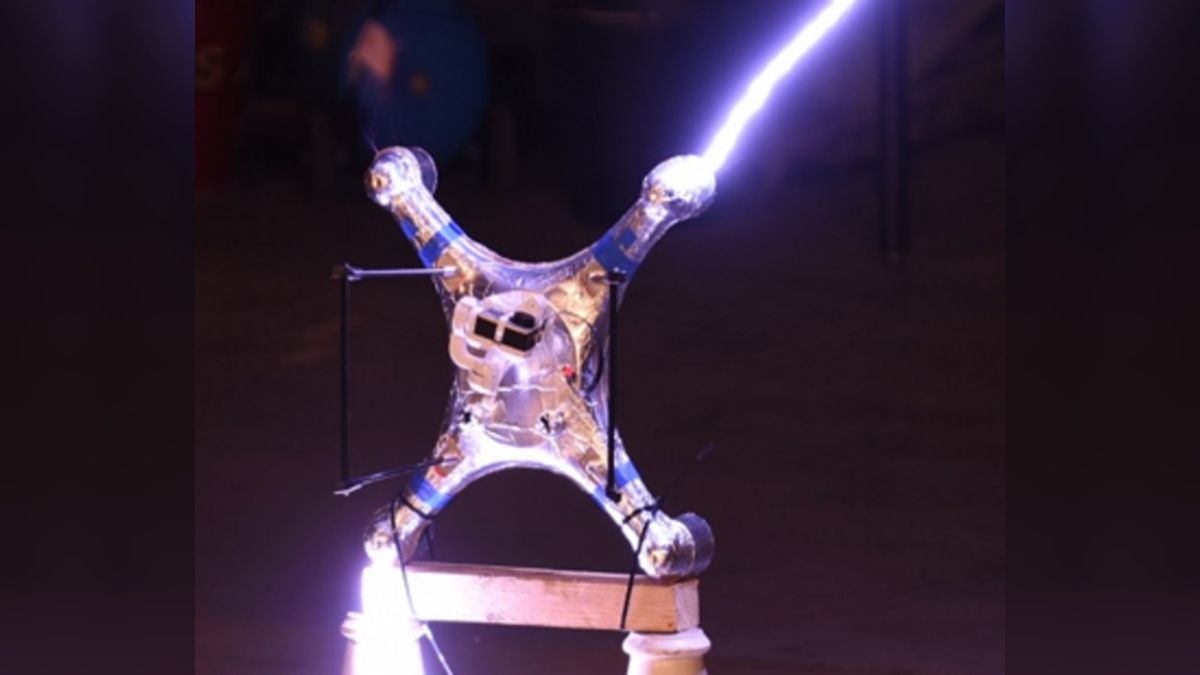
The future of deep space exploration might depend upon what some engineers call “hot robotics.” These robots are designed to go places where humans cannot and may someday be called upon to carry out tasks that are far too dangerous for human crews or even other robots.
Hot robots first saw use inside the decommissioned nuclear reactors. The term “hot” refers to the hazardous radioactivity that makes these reactors impractical or too dangerous for humans to enter. That’s where these heavily-shielded robots come in to help with tasks like reactor inspection and waste cleanup. Now, scientists and engineers hope to bring them to new tasks and new places, including space.
“We’re now looking to expand the hot so it can refer to more general applications, including the space, agriculture and offshore sectors,” Barry Lennox, an engineer at Manchester University, said in a statement (opens in new tab). “Many of the challenges are similar, although the robots may end up looking a bit different.”
Some of those applications might involve a different sort of nuclear power: fusion. Fusion power might be able to unlock a future of clean, virtually limitless energy — including in space — but fusion power happens in extreme environments such as inside stars or incredibly powerful magnetic fields. Fusion power creates energy by smashing atoms together, but that process requires plasma superheated to temperatures comparable to the sun. Moreover, the process creates a good deal of radiation. All of that can be contained inside reactor chambers, but it makes the interior of those reactors dangerous for humans.
Related: NASA thinks US needs nuclear-powered spacecraft to stay ahead of China
Related stories:
Various forms of nuclear power and propulsion have already been proposed for future space missions and spacecraft, and it’s possible that some of these could employ fusion reactors. If the long-standing dream of space-based nuclear fusion is ever realized, there will be a need for these types of hot robots.
Hot robots, these scientists believe, might be able to enter the extreme environments inside nuclear reactors. There, they could be able to perform invaluable maintenance tasks that humans cannot do, but that will be necessary to keep fusion power running. These robots would be equipped with artificial intelligence so that they could operate independently of their human operators and carry out sophisticated tasks.
“The next generation of robotics will be essential for the delivery of fusion power,” said Rob Buckingham, director of the UK Atomic Energy Authority, in the same statement (opens in new tab).
Follow us on Twitter @Spacedotcom and on Facebook.



